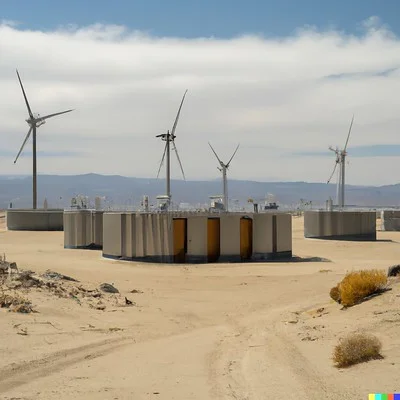The research is part of an ongoing global quest for new battery chemistries able to store renewable solar and wind energy on the electric grid for use when the sun isn’t shining and the wind isn’t blowing.
Xiulei “David” Ji of the OSU College of Science and a collaboration that included HP Inc. and GROTTHUSS INC., an Oregon State spinout company, reported their findings in Nature Sustainability.
“The breakthrough represents a significant advancement toward making zinc metal batteries more accessible to consumers,” Ji said. “These batteries are essential for the installation of additional solar and wind farms. In addition, they offer a secure and efficient solution for home energy storage, as well as energy storage modules for communities that are vulnerable to natural disasters.”
A battery stores electricity in the form of chemical energy and through reactions converts it to electrical energy. There are many different types of batteries, but most of them work the same basic way and contain the same basic components.

